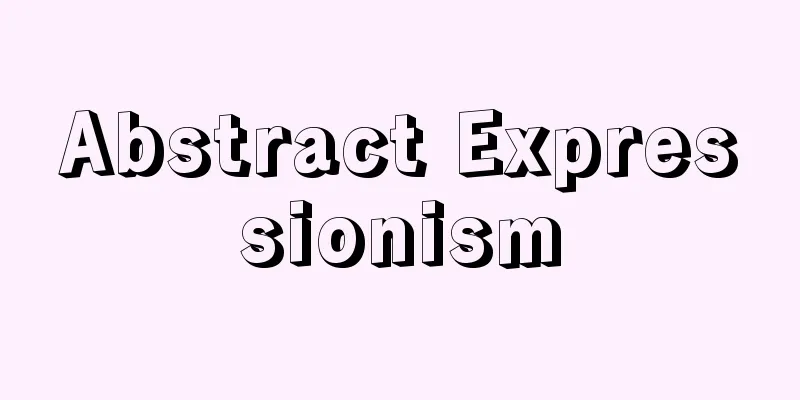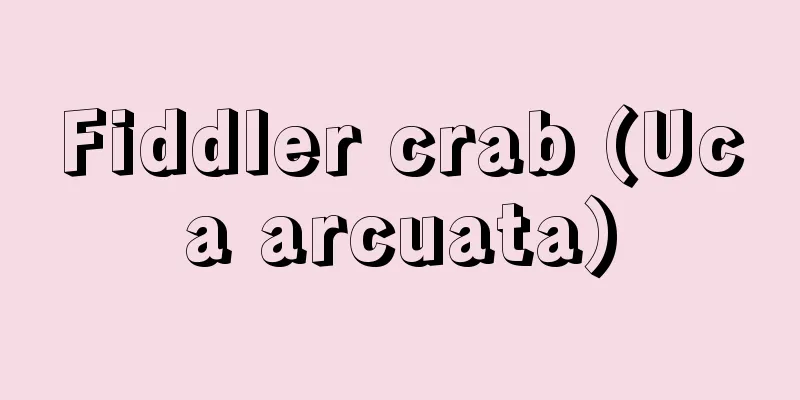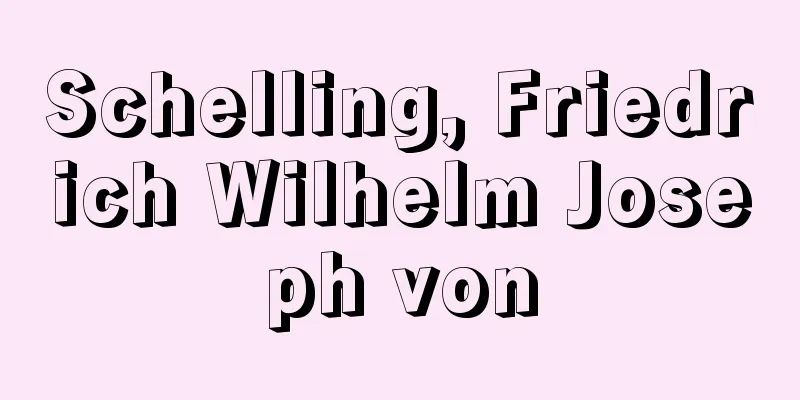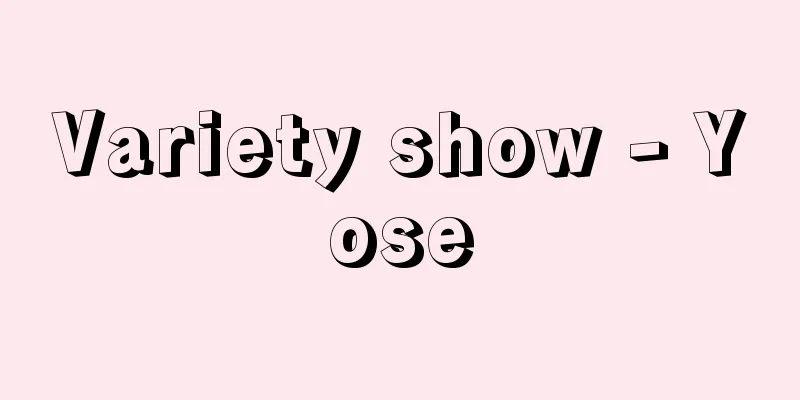Abstract Expressionism

|
A trend in art that developed in the United States from the late 1940s to the early 1960s. It was originally used by Oswald Herzog in 1919 in the German Expressionist magazine Sturm (The Storm), contrasting abstract expressionism with representational expressionism. Later, Alfred Barr II used the term "Kandinsky and German Abstract Expressionism" in a lecture at Wellesley College (1929), and also used it to refer to Kandinsky in the catalogue of the exhibition Cubism and Abstract Art (1936) that he organized. Robert Coates then used the term in his exhibition review of Hans Hofmann (1946), and it came to be applied to American painters. However, the term became popular through the activities of artists such as Pollock, Newman, Rothko, Steele, de Kooning, and Franz Kline, who were mainly based in New York from the late 1940s to the 1950s. Pollock's poured paintings and the color field paintings of Newman and Rothko are superficially different, but they share commonalities such as the close spatial relationship between the "figure" and the "ground," and the fact that they are all-over, multifocal, or non-focal paintings with spatial and mental content. This was later inherited and integrated by the works of Morris Louis. The term is also used for metal sculptures, particularly those of David Smith. This term, given to a movement different from the self-expressive art of German Expressionism, was, inevitably, a matter of convenience, but it responded to a spontaneous need to somehow encompass art that had sensed that the center of art was shifting from Europe to America. The term "Action Painting" coined by Rosenberg is also included in this movement, but it is most applicable to the works of de Kooning and Klein, whose pictorial space is different from that of Pollock and others. Abstract Expressionism has also had direct and indirect influences on artists such as Frankenthaler, who developed Color Field Painting, Neo-Dadaism by Jasper Johns and others, Pop Art, and Minimal Art by Stella and others, leading to the Neo-Expressionism of the late 1970s. [Akio Fujieda] [References] |Source: Shogakukan Encyclopedia Nipponica About Encyclopedia Nipponica Information | Legend |
|
アメリカで1940年代後半から60年代の初頭に展開された美術の一動向。本来は1919年にオズワルト・ヘアツォークがドイツ表現主義の雑誌『シュトゥルム』(嵐(あらし))のなかで抽象的な表現主義を具象的なそれに対置させて用いたものである。その後、アメリカにおいてアルフレッド・バー2世がウェルスリー大学の講義(1929)で「カンディンスキーとドイツの抽象表現主義」といい、また彼が組織したキュビスムと抽象芸術展(1936)のカタログのなかでカンディンスキーをさして用いた。ついでロバート・コーツがハンス・ホフマンの展覧会評(1946)に転用して以来、アメリカの画家に適用されるようになった。 しかし、この用語が一般化したのは、1940年代後半から50年代にわたってニューヨークを中心とするポロック、ニューマン、ロスコ、スティール、デ・クーニング、フランツ・クラインらの活動によってである。ポロックのポード絵画(poured注ぐの意、つまり絵の具を水を撒(ま)くようにして作画する)と、ニューマン、ロスコらのカラー・フィールド・ペインティング(色彩の場の絵画)は、表面的には異なるが、空間上「図」と「地」の関係が近接していること、オール・オーバー(全面を覆う)、多焦点、あるいは無焦点の空間と精神内容をもつ絵画という点などで共通している。これは後年、モーリス・ルイスの作品により継承、統合されている。またこの用語は、デイビッド・スミスを中心とする金属を素材とした彫刻にも使用されている。ドイツ表現主義の自己表現を押し出す芸術とは異質の動向に与えられたこの用語は、便宜的であるのを免れないが、美術の中心がヨーロッパからアメリカに移りつつあることを予感した芸術を、なんらかの形で包括しようとする自然発生的な要求に応じたものである。 なお、ローゼンバーグの命名による「アクション・ペインティング」という用語もこの動向に含まれるが、それがもっともよく当てはまるのは、ポロックらとは異なる絵画空間をもつデ・クーニングやクラインらの作品に対してである。また抽象表現主義はカラー・フィールド・ペインティングを展開させたフランケンサーラーからジャスパー・ジョーンズらのネオ・ダダイズム(ネオ・ダダ)、ポップ・アート、さらにステラたちのミニマル・アートを経て1970年代後半の新表現主義に至るまで、直接、間接に影響を及ぼしている。 [藤枝晃雄] [参照項目] |出典 小学館 日本大百科全書(ニッポニカ)日本大百科全書(ニッポニカ)について 情報 | 凡例 |
<<: Middle-aged man - Middle-aged man
Recommend
amūtum (English spelling) amutum
… However, iron production was still very limited...
Northampton (English spelling)
Northamptonshire is the capital of the county of N...
Totalitarianism - Zentaishugi (English spelling) totalitarianism
A general term for the ideology of power, state s...
shelf channel
…In a broader sense, it is a general term for und...
Ereck
…An ancient city in the southernmost part of Meso...
Electrowinning - Denkaisaishu
A smelting process in which heavy metals are extra...
Car - Car
Ancient philosophers called five types of simple ...
Pitkhana
At that time, the central part of Anatolia was di...
Soldier - Hyouji
〘noun〙① A warrior. A strong man. Warrior. ※Ryo Gik...
Möbel (English spelling)
…One of the characteristics of medieval furniture...
Thirty Years in Tokyo
A collection of Tayama Katai's memoirs. Publis...
LT Trade - LT Trade
…In 1962, he visited China as the head of an econ...
Mao Zedong - Mao Zedong
A Chinese revolutionary who, as the supreme leade...
The extreme left
A general term for the New Left movement organizat...
Collodion
...A photographic method that uses silver iodide ...









